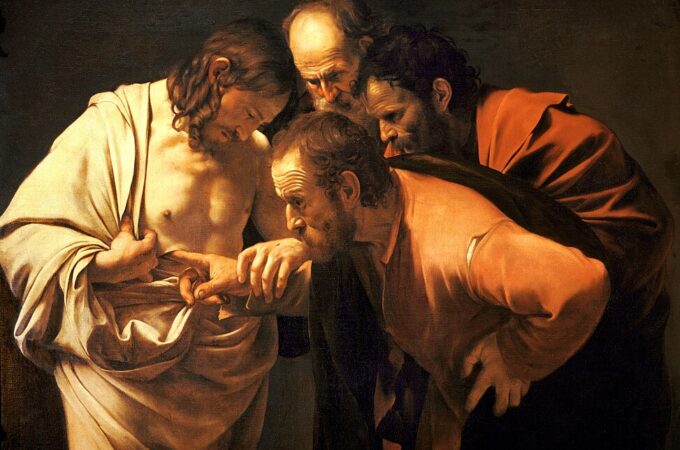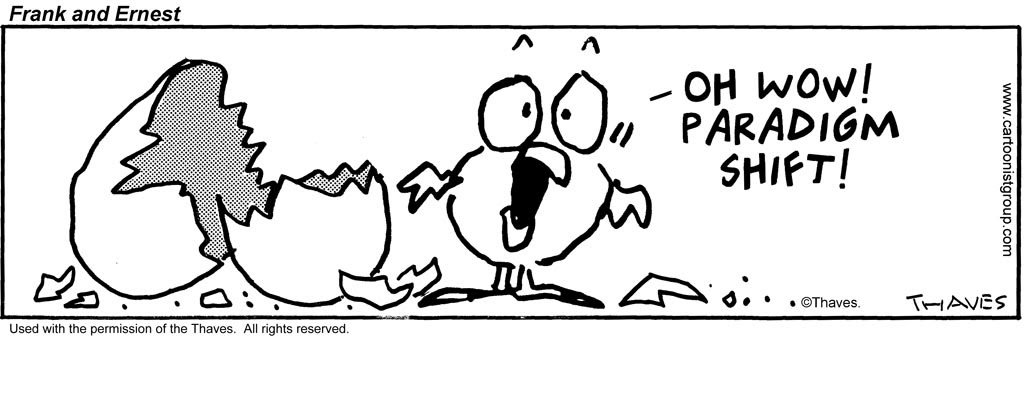Have you ever wished that you could have seen and heard Jesus?
As humans, we are creatures with a physical nature that includes five senses. And we are beings with a soul who want to understand the spiritual realm. As such, we are unique creatures, like no other, who fully inhabit both the visible and invisible realms. We are tactile beings who want to know the reality of the invisible God. As Jesus’ disciple, Thomas said, “Unless I see in his hands the mark of the nails, and place my finger into the mark of the nails, and place my hand into his side, I will never believe” (John 20:25 ESV).
Like this disciple, we want to see and touch the resurrected Jesus to know if he is real. We want evidence to believe! This is not a bad thing; it is a good thing.
The apostle John speaks very clearly of his and other disciples’ experience of Jesus. The Incarnate God–Jesus Christ was heard, seen, and touched.
That which was from the beginning, which we have heard, which we have seen with our eyes, which we looked upon and have touched with our hands, concerning the word of life— the life was made manifest, and we have seen it, and testify to it and proclaim to you the eternal life, which was with the Father and was made manifest to us— that which we have seen and heard we proclaim also to you, so that you too may have fellowship with us; and indeed our fellowship is with the Father and with his Son Jesus Christ. And we are writing these things so that our joy may be complete. (1 John 1:1-4 ESV, emphasis added)
The disciples, as normal humans, were curious as to who this Jesus was and if his resurrection from the dead was real. In his remarkable book, The Purple Curtain, Dr. Brian S. Chan writes, “By introducing Jesus as the Icon and Logos to the world, God communicated the incommunicable, invisible qualities of His absolute beauty” (Chan 2011, 129).
What does it mean that Jesus is the Icon and the Logos? It means that as human beings who long to understand, we can see and hear Jesus. Let’s begin by examining the Logos that we might hear (part two in this blog series) and then the Icon that we might see (part three in this blog series). These insights were stimulated by Chan’s chapter called “Redemption” in his book, The Purple Curtain.






